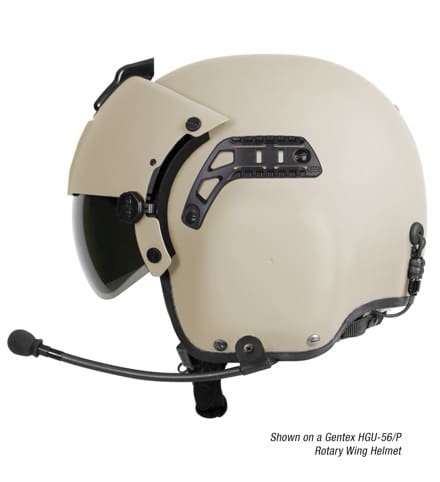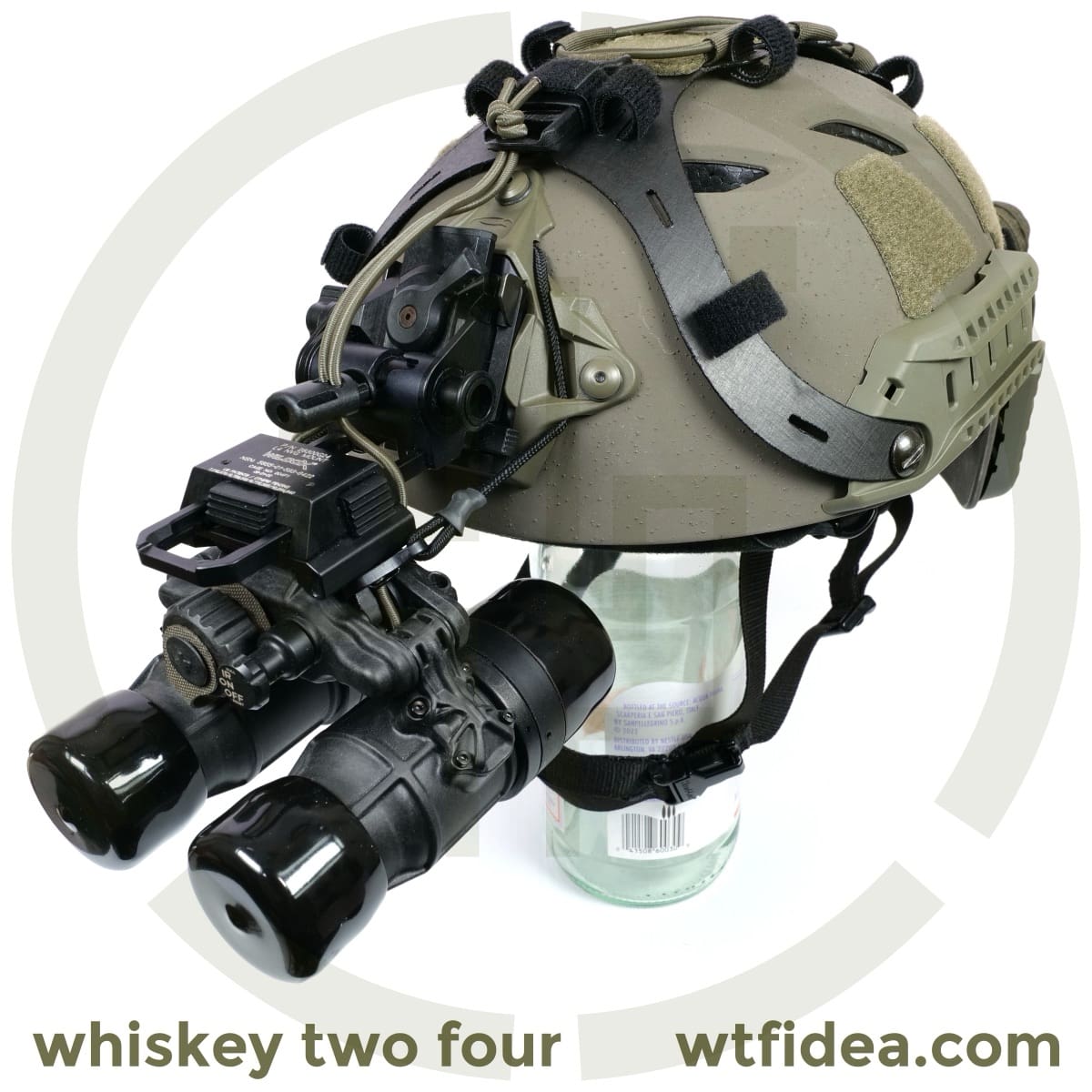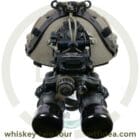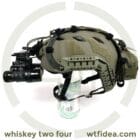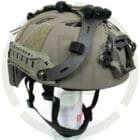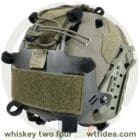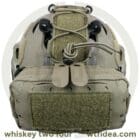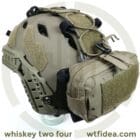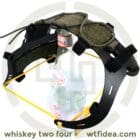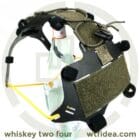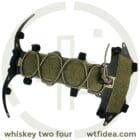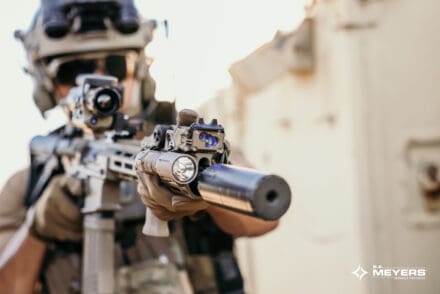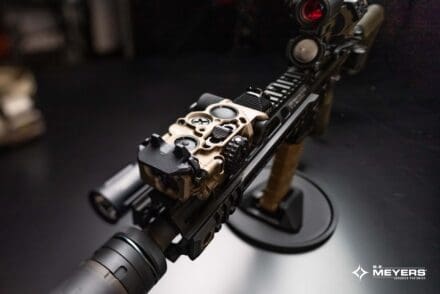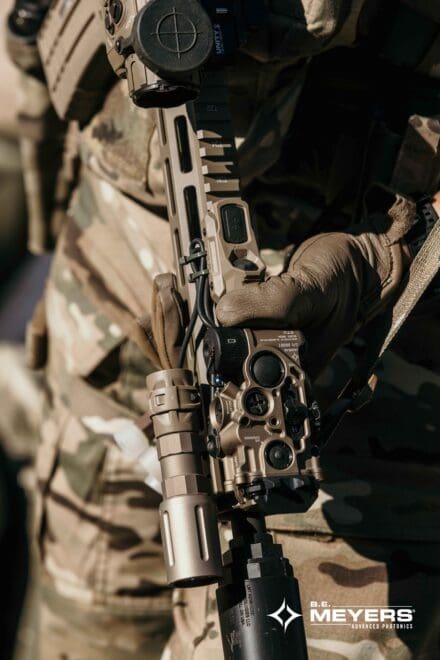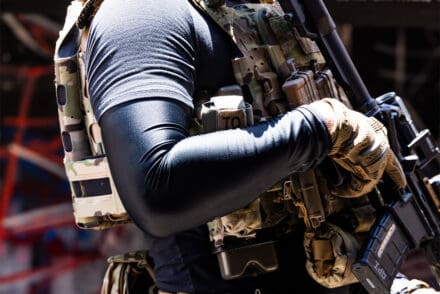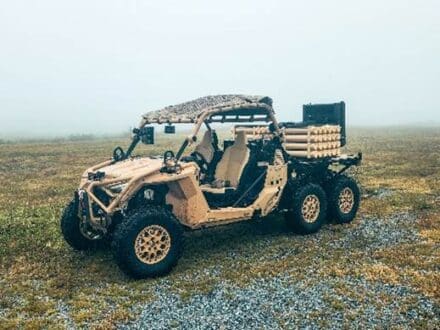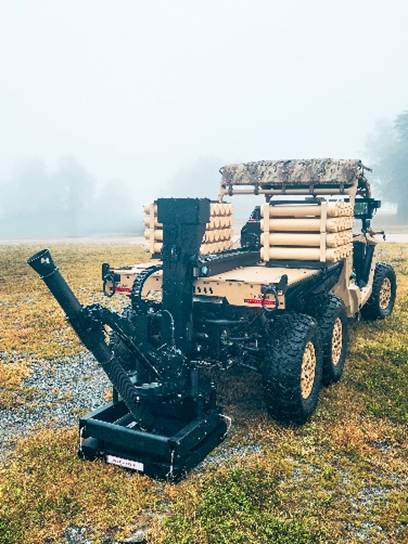PENNSAUKEN, NJ. – September 2, 2025 – Princeton Tec, a renowned provider of American-made quality outdoor and tactical lighting options, is excited to announce its products are back in select REI (Recreational Equipment Inc.) locations across the United States and online at REI.com.
The Snap 450 RW Solo is a standout product available from Princeton Tec. This versatile multi-use headlamp can be worn as a traditional headlamp, used as a handheld flashlight or attached to any metal surface to serve as an area light.
Snap 450 RW Solo Product Specifications
450 Lumens
100 Hour Run Time
IPX4 Water Resistant
2 Brightness Levels
Another leading product is the Vizz 550 RGB, a heavy-duty waterproof headlamp with the versatility of a specialty-colored light. This headlamp is designed to withstand the harshest conditions and is submersible up to one meter.
Vizz 550 RGB Product Specifications
550 Lumens
75 Hour Run Time
White, Red, Blue and Green Light
IPX7 Waterproof
Princeton Tec has been designing and building lighting products for 50 years, with all manufacturing and operations based in New Jersey. The company takes pride in its American roots and long-standing commitment to quality and innovation.
“We are thrilled to have our products back in REI,” said Princeton Tec Marketing Director Kady Kolb. “This partnership is a great way to reach our customers in person for a more hands-on approach.”
Princeton Tec’s 50-year legacy of innovation has been trusted by adventurers and professionals alike for its dependable, durable lighting solutions. Known for its innovative design and rugged construction, Princeton Tec’s gear supports a wide range of outdoor activities.
Princeton Tec Products Now Available at REI
Helix LI
Alloy-X
Unit X
Amp 1L
Byte
Refuel
Remix
Snap Solo
Vizz/Vizz RGB
With this renewed partnership, REI shoppers will once again have online and in-person access to select Princeton Tec lighting products built to perform in the wild and withstand the elements.
Shop Princeton Tec on REI.com. More details about the partnership can be found on the Princeton Tec website.
For more information on Princeton Tec, please visit www.princetontec.com or find Princeton Tec on Instagram and Facebook.
